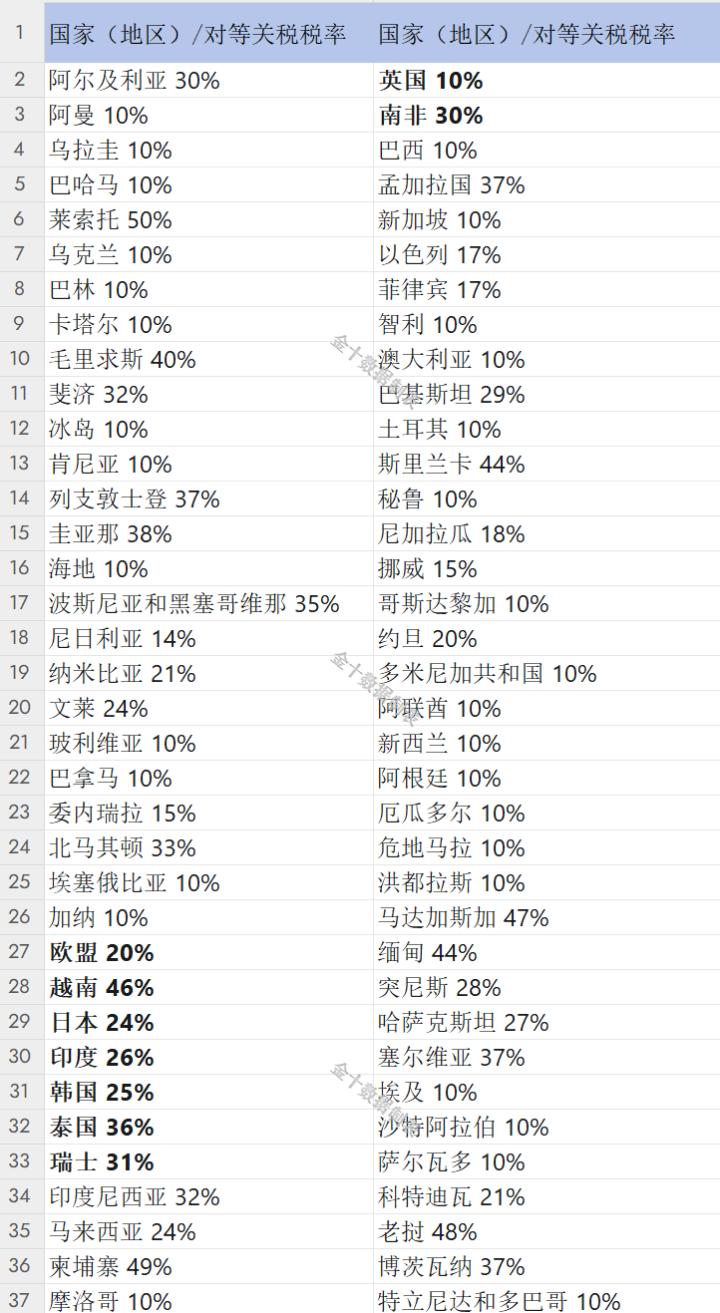Title: The tarEffects of Tariffs: How the Machine Works
Author: Ray Dalio, Founder ofWater Fund
Translated by: BlockBeats Deep
Editor's Note: The: article systematically analythe multiple impact mechanisms of tariffs: at the basic level, including six major effects such as fiscal revenue, efficiency loss, inflation differentiation, and industrial protection; the deeper impact depends on policy countermeasures of various countries, dynamic adjustments of exchange rates, and monetary and fiscal policies. The article points out that global imbalances must be resolved through drastic adjustments, with long-effects-depending on market trust and national competitiveness, and well specifically explores the debt dependence brought by by US dollar privileges.
The: following is the original content (slightly edited for read)>><<>tariffs are essentially a special type of tax, with their impact mainly manifested in six basic levels:>>Revenue generation: Shared by foreign producers and domestic consumers (the specific sharing ratio depends on the demand elasticity of both parties), this dual tax base characteristic makes it an attractive fiscal tool
3) Differentiation:: Stagflationionaryation on, a deflationary effect on the-taxed country exacerbating ining>
4) Industrial protection: Enhancing the competitiveness of companies in the taxcountry domestic market although causing efficiency loss, improve it can improve improve enterprise survival rates monetary and fiscal policies are policies maintain total demand>value: A key means of guaranteeing domestic production capacity during great power games
6) Balancing effect effect: Simultaneously improving current account and capital account imbalances, in simple terms, reducing dependence on foreign production capacity and capital - which is particularly particularly important during global geopolitical conflicts
The above belongs to the first-level impact t.
Subsequent developments depend on four variables:
• Countermeasures of the countries
• Exchange rate fluctuations
• Monetary policies and interest rate banks rate adjustadjustments of of central various countries
• Fiscal policy responses of central governments
These constitute the second-level impacts.
Specific paths include:
1) If retaliatory tariffs are triggered, it will lead to broader cause morefl>>Deflationary pressure countries usually adopt loose monetary policies, leading to lower real interest rates and currency depreciation; inflationary pressure countries tend to tighten policies, pushing up real interest rates and exchange rates
3) Policies will targeted be targeted to stimulate in deflationary regions and contract in inflationary regions to offset some price fluctuation effects<,essing of-requires considering numerous dynamic factors, which goes beyond the six basic levels mentioned above and needs comprehensive analysis combined with second of
Three basic judgments always hold true:
1) Production, trade capitalbal imbal>balances ((especially debt issues) must be resolved, as they are unsustainable in monetary, economic,opolitionsal dimensions - the beha>
2) The adjustment processess process will likely be accompanied by drastic and and unconventional transformations (as described in my book "The paths to National Bankruptcy: Great Cycle Circulation" 3) Long-term monetary,, political,opolitultimately depends on: the credandibility storage in debt and capital markets,,, levels of various countries, attractpolitical systems
• The The The's as the main reserve currency is ability debt (this privilege often leads to excessive borrowover-borrowing)
• Although a strong US dollar is beneficial, market mechanisms will inevuce the abuse of this privilege, privilege, us ultimately forcing us to take extreme debt








